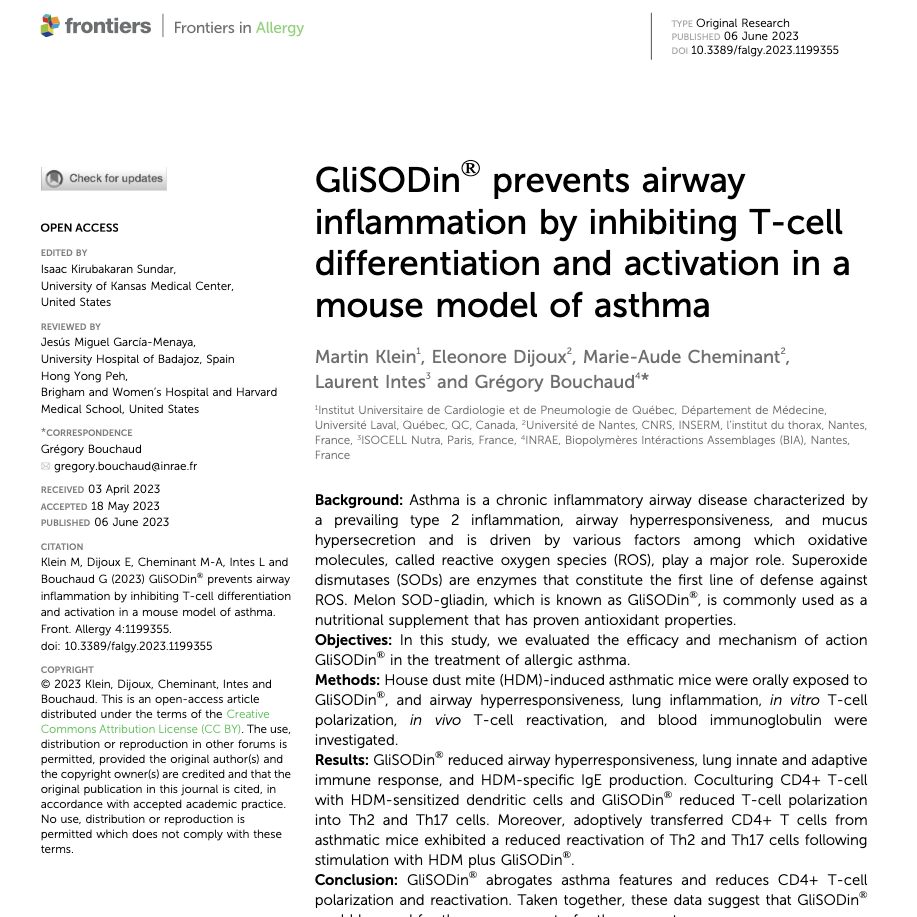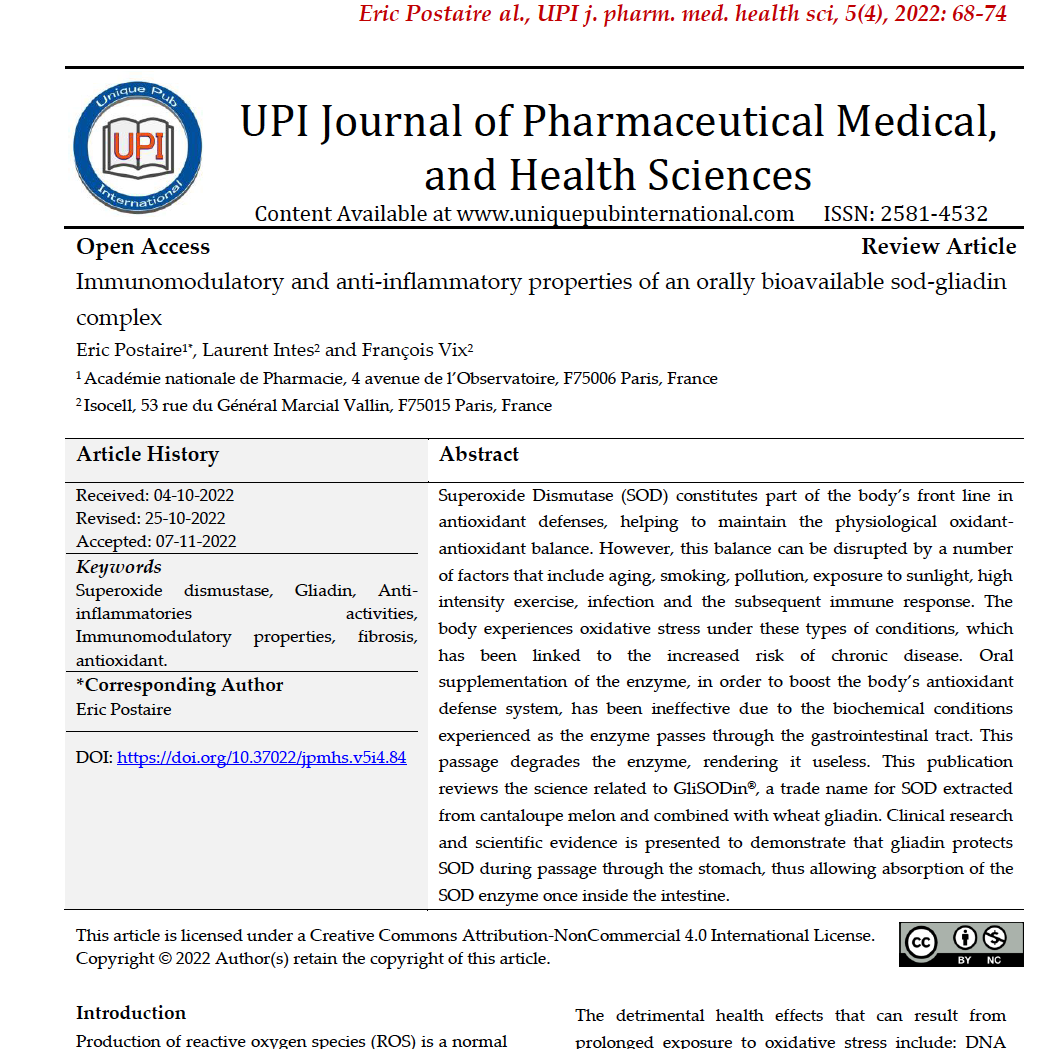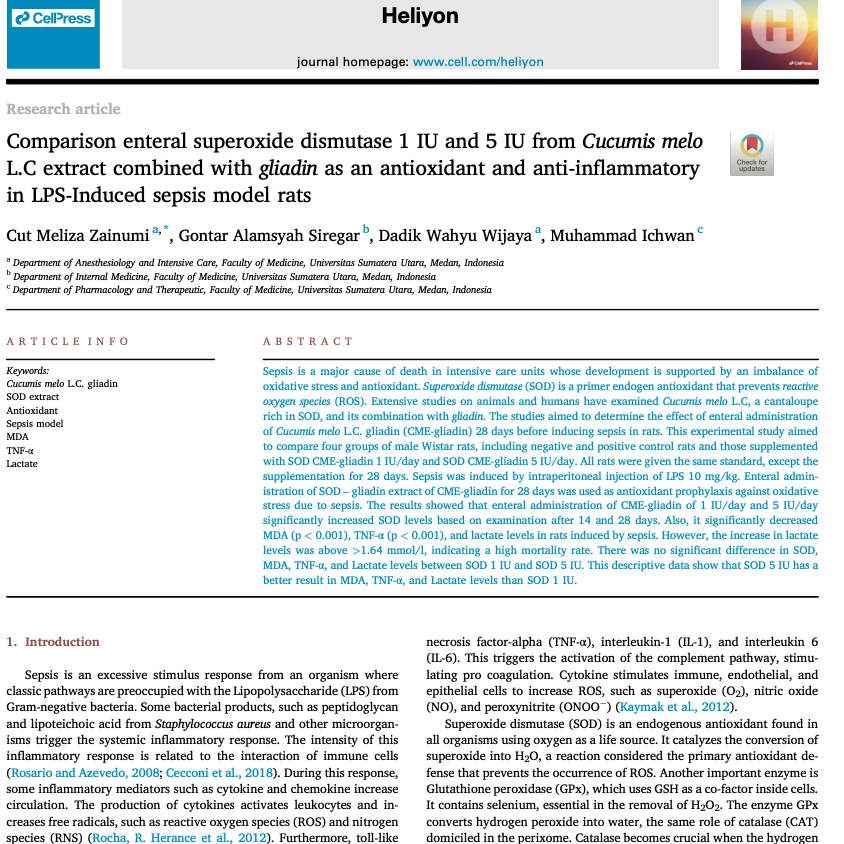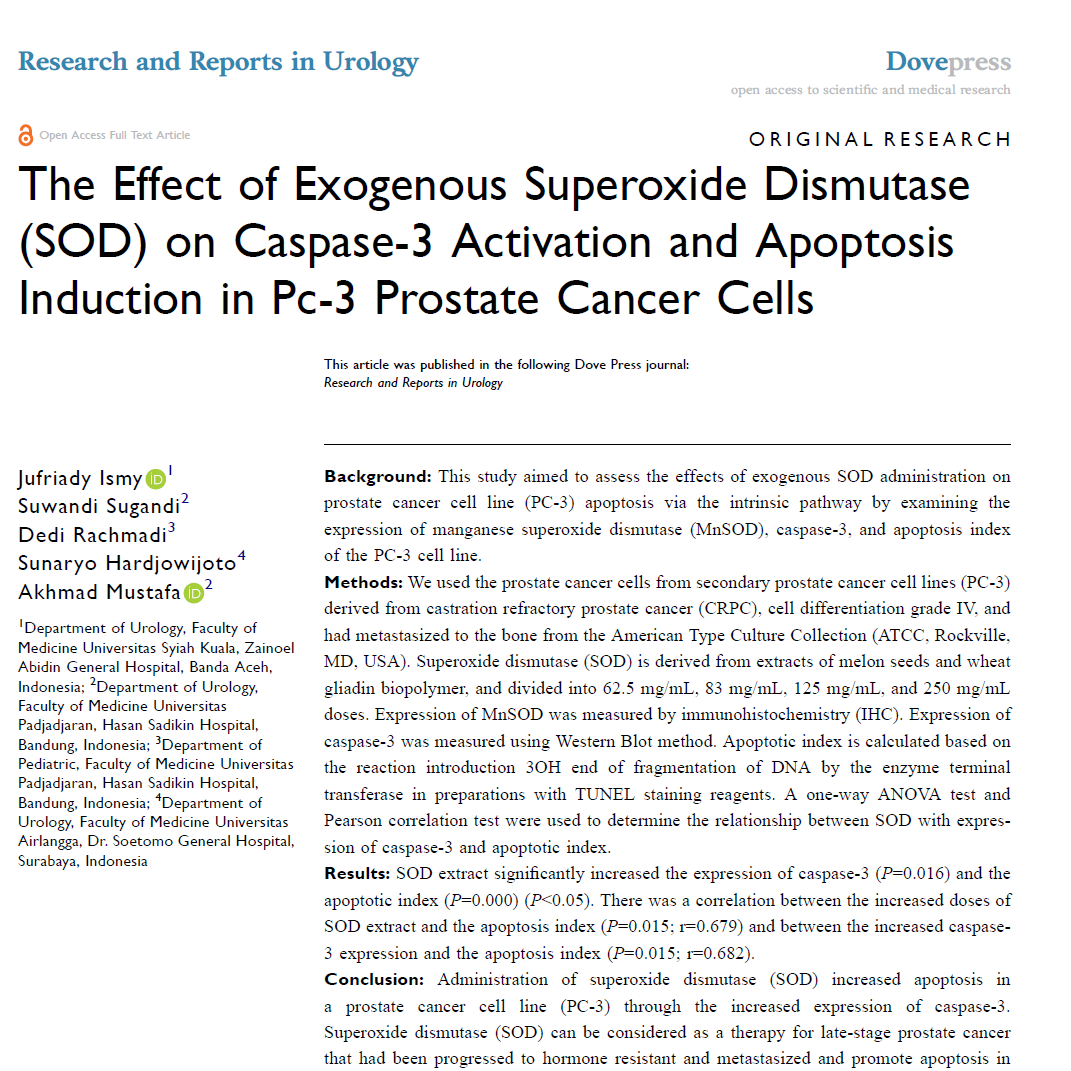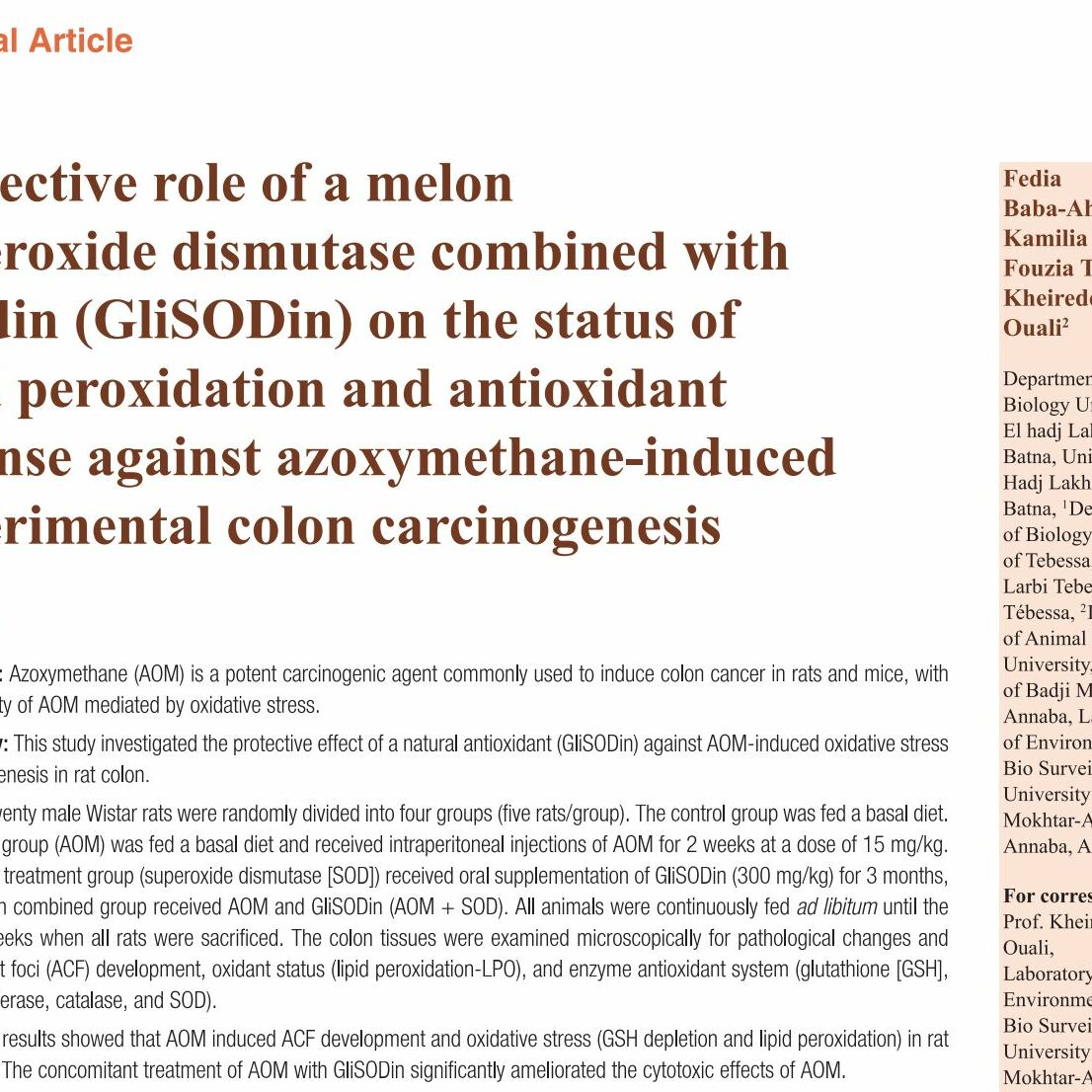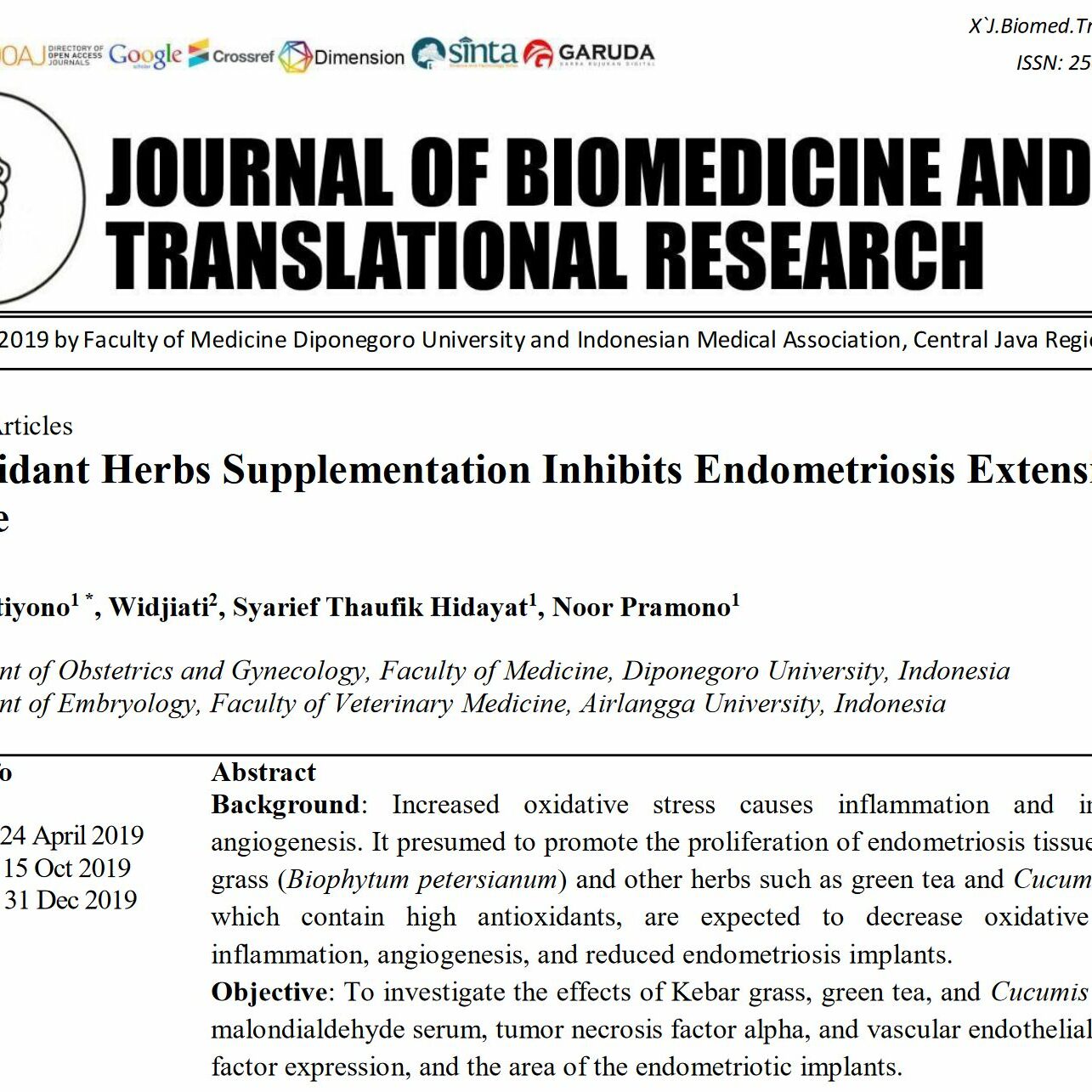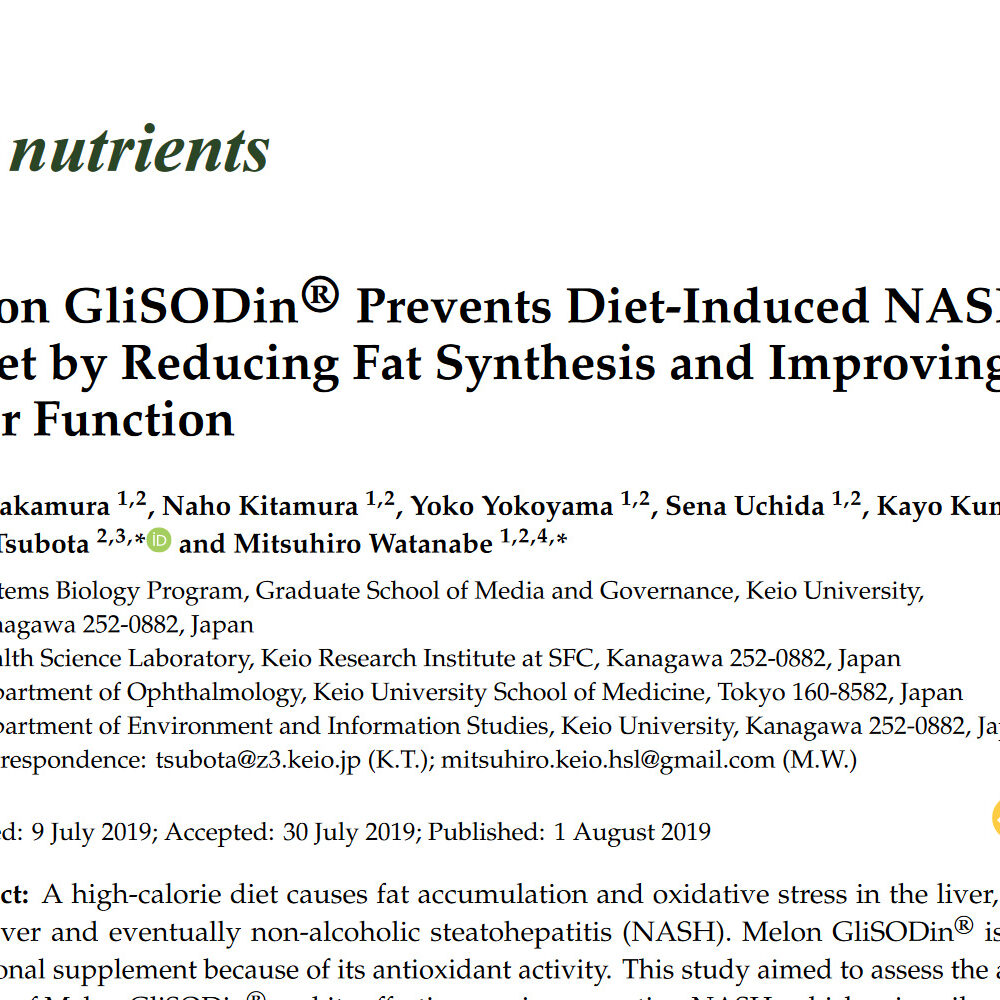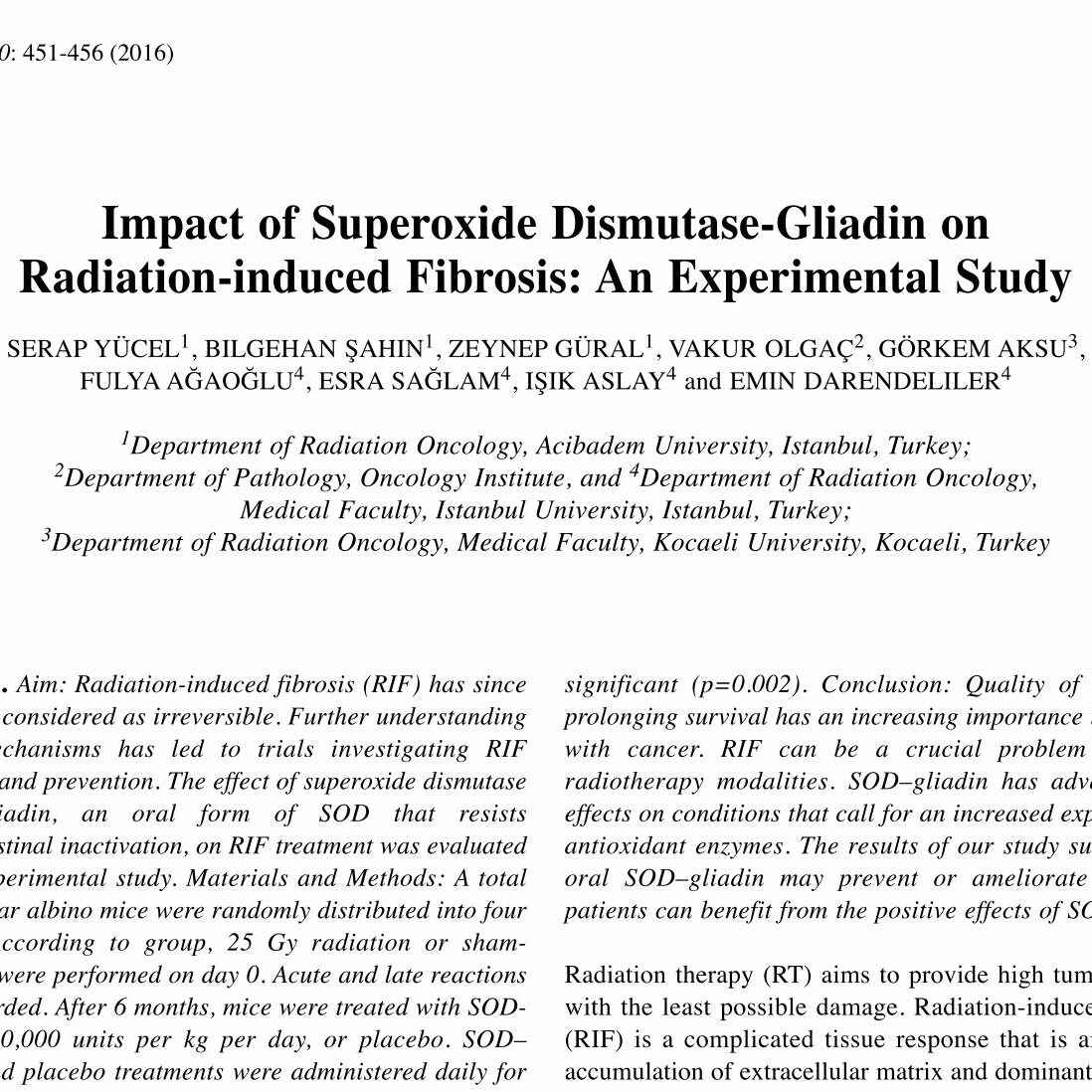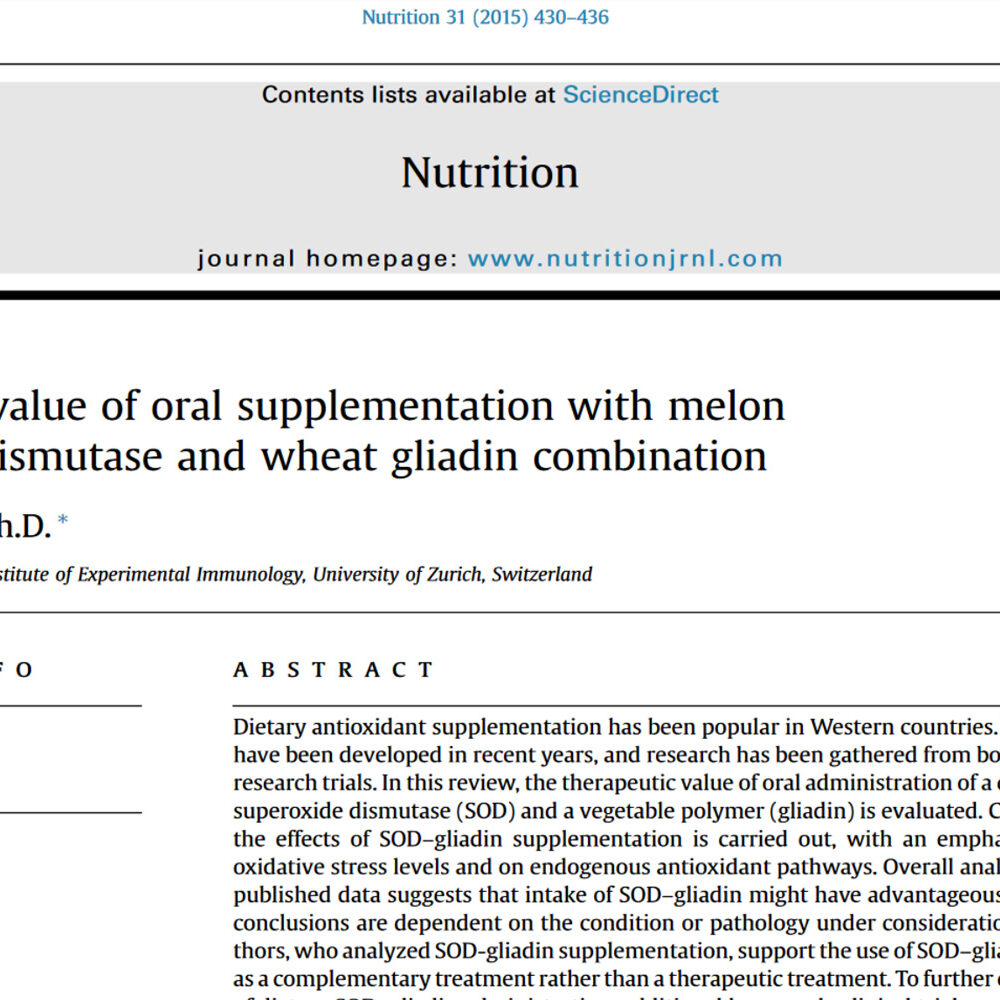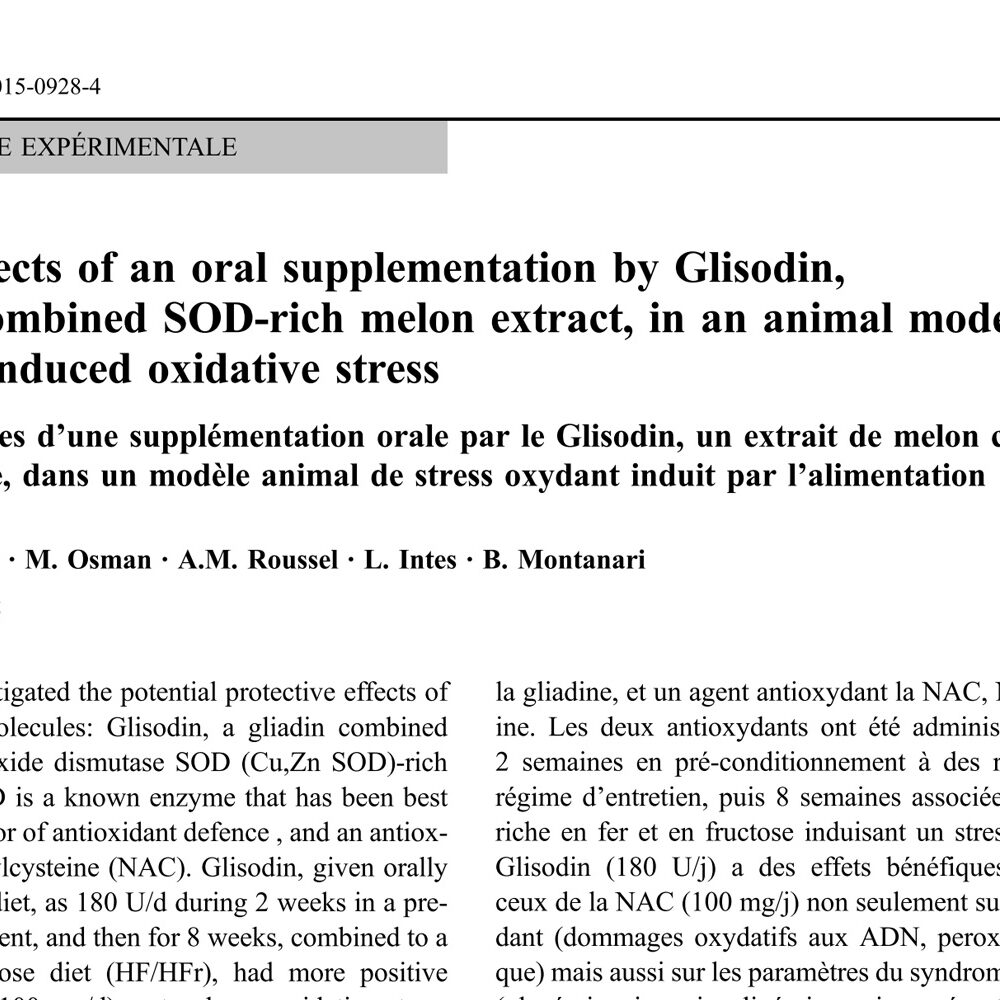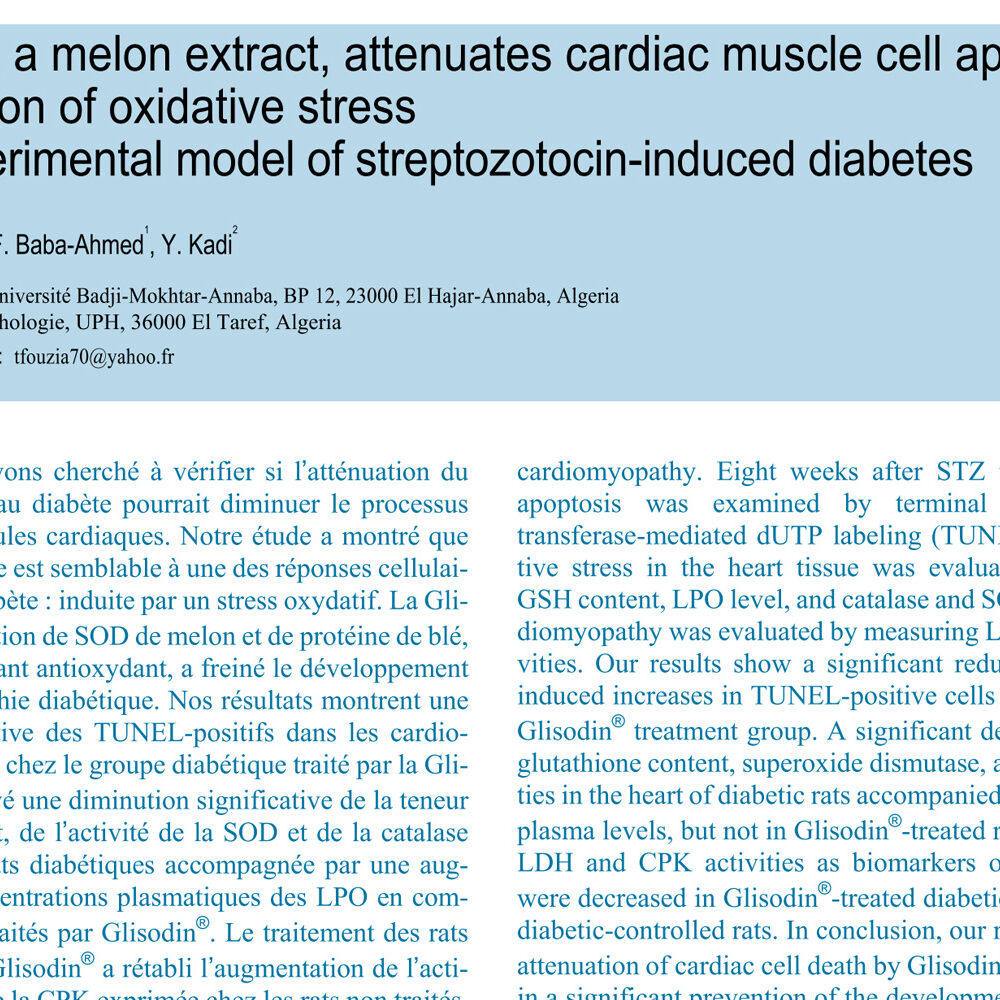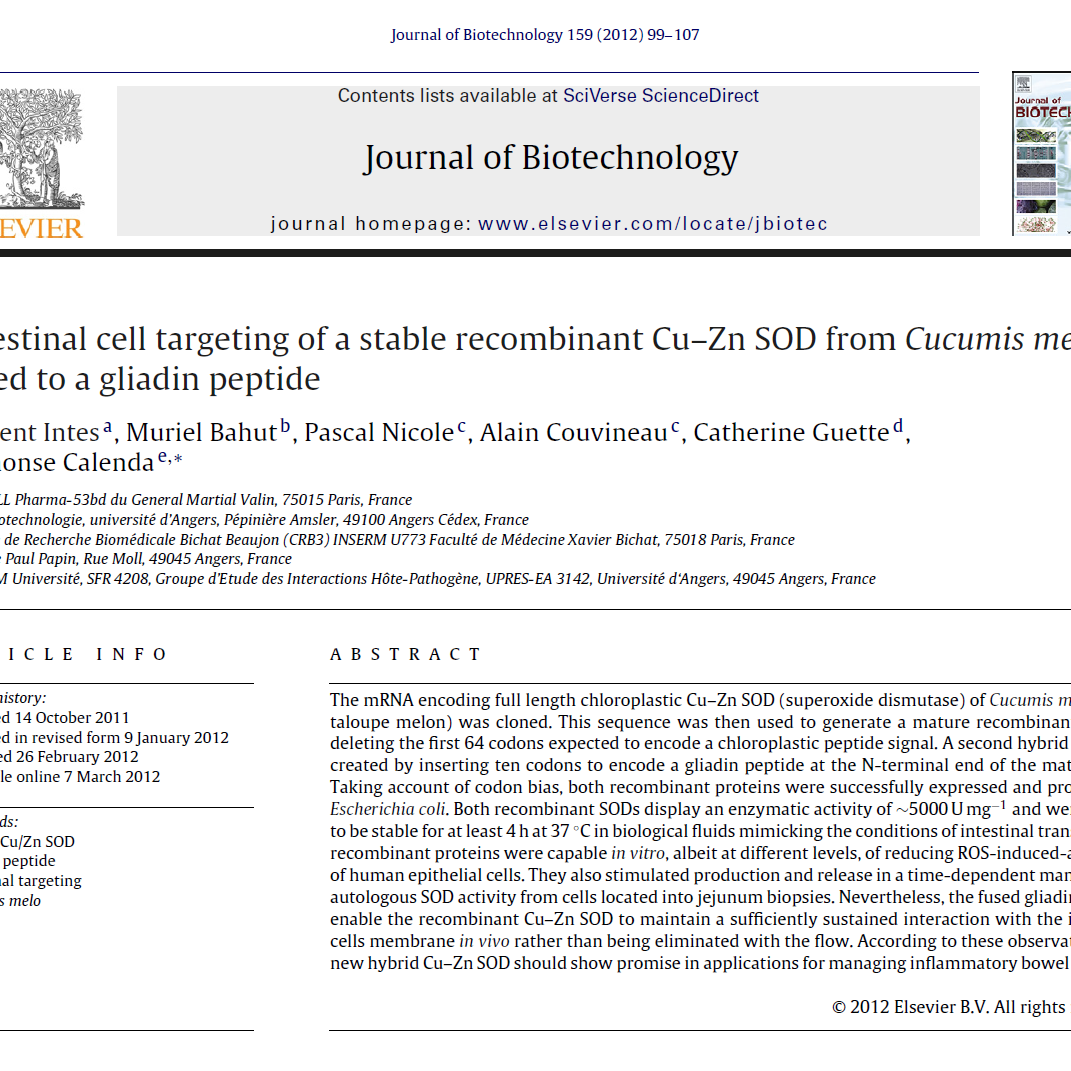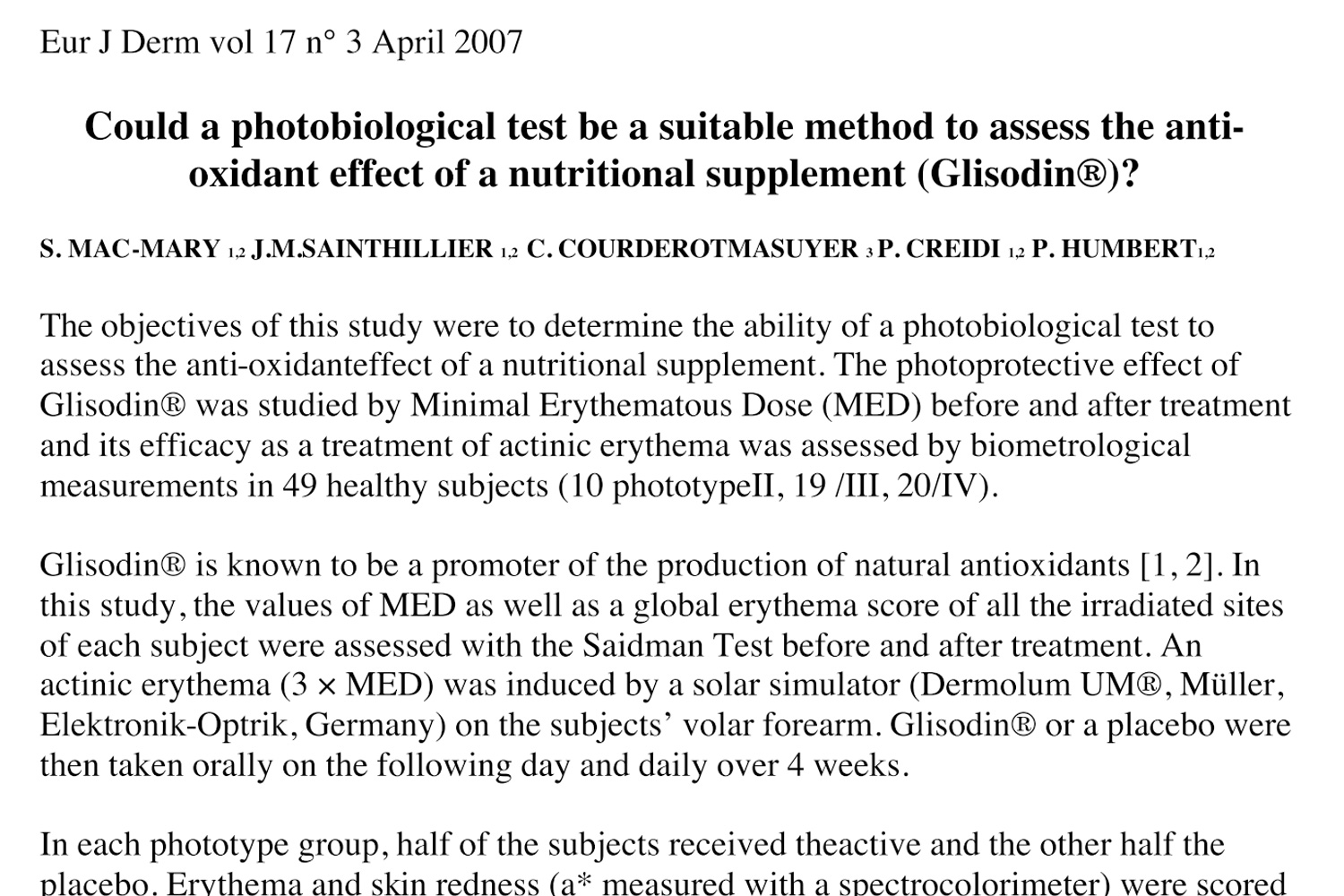
- Journal: Eur J Dermatol .
- Date: 2007 May
- DOI: 10.1684/ejd.2007.0169
Abstract
The number of capillaries increased with time (+ 24.6% after one week with active versus –8.4% with placebo for phototype II, + 44.4% versus + 17.5% for phototype III and + 6.5 % versus + 3.0% for phototype IV). This progression could be explained by the quicker return to basal values with GliSODin®. Although there was no significant difference between the treated group and the placebo group, this study suggests that the efficacy of the treatment in solar protection and on actinic erythema seems better on the lowest phototypes. It would be interesting to complete the investigation with amore homogeneous and numerous population (phototype II and III), with measurements taken daily during the first week at the beginning of the study and a pre-treatment(2 or 3 weeks).

